What Are Uv Filters For Cameras ?
UV filters for cameras are transparent filters that are primarily used to block ultraviolet (UV) light from entering the camera lens. They are designed to reduce the bluish cast that can occur when photographing in outdoor, high-altitude, or hazy conditions. UV filters are particularly useful in film photography, as film is more sensitive to UV light than digital sensors.
In addition to reducing the bluish cast, UV filters also serve as a protective layer for the camera lens. They help to shield the lens from dust, moisture, scratches, and other potential damage. By acting as a barrier, UV filters can help prolong the lifespan of the lens and maintain its optical quality. UV filters are typically clear and do not affect the color balance or image quality of the photographs. However, it is important to choose high-quality filters to minimize any potential impact on image sharpness or clarity.
1、 Ultraviolet (UV) Filters: Purpose and Function in Photography
Ultraviolet (UV) filters for cameras are transparent filters that are primarily used to block ultraviolet light from entering the camera lens. These filters are designed to reduce the effects of UV radiation, which can cause hazy and blurry images, as well as a bluish cast in photographs.
The primary purpose of UV filters is to protect the camera lens from potential damage. They act as a barrier against dust, moisture, and scratches, providing an extra layer of protection for the lens. This is particularly important in outdoor photography, where the lens is exposed to various elements.
Additionally, UV filters can improve image quality by reducing the amount of ultraviolet light that reaches the camera sensor. UV light can cause a loss of sharpness and contrast in images, especially in high-altitude or coastal areas where the UV radiation is more intense. By using a UV filter, photographers can achieve clearer and more vibrant images.
However, it is worth noting that the necessity of UV filters has been a topic of debate among photographers. With advancements in lens coatings and digital sensors, the impact of UV light on image quality has become less significant. Some argue that using a UV filter can introduce unwanted lens flare or reduce image sharpness. Therefore, the decision to use a UV filter ultimately depends on personal preference and shooting conditions.
In conclusion, UV filters for cameras serve the dual purpose of protecting the lens and improving image quality by reducing the effects of ultraviolet light. While their effectiveness may vary depending on the specific circumstances, they remain a popular accessory among photographers seeking to safeguard their equipment and enhance their photographs.
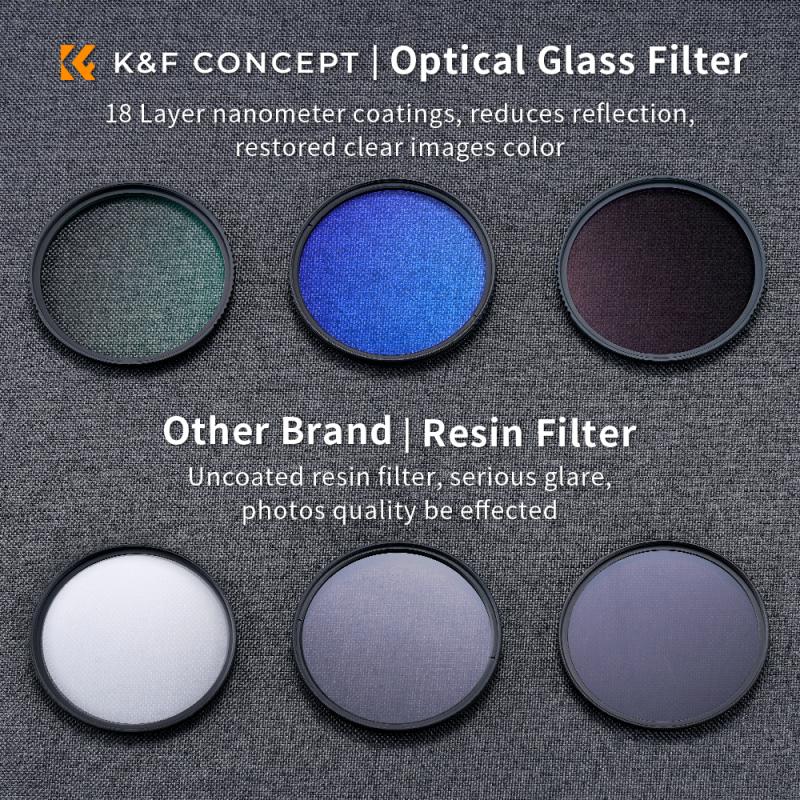
2、 Types of UV Filters and Their Effects on Image Quality
UV filters for cameras are accessories that are primarily used to block ultraviolet (UV) light from entering the camera lens. UV light is invisible to the human eye but can cause a hazy or bluish cast in photographs, especially in outdoor settings. By using a UV filter, photographers can reduce this unwanted effect and achieve clearer and more accurate images.
There are several types of UV filters available in the market, including clear filters, multi-coated filters, and haze filters. Clear filters are transparent and do not affect the image quality significantly. Multi-coated filters have multiple layers of coating that reduce reflections and improve light transmission, resulting in better image quality. Haze filters are designed to cut through atmospheric haze and provide sharper images, particularly in landscapes or distant subjects.
The effects of UV filters on image quality have been a topic of debate among photographers. Some argue that using a UV filter can degrade image sharpness and introduce lens flare or ghosting. However, advancements in filter technology have minimized these issues, and many professional photographers still use UV filters as a protective measure for their lenses.
It is important to note that the necessity of UV filters may vary depending on the camera and lens combination. Some lenses already have built-in UV protection, while others may benefit from the additional filter. Additionally, the impact of UV light on digital sensors is less significant compared to film, making UV filters less crucial for digital photography.
In conclusion, UV filters for cameras are primarily used to block UV light and reduce the hazy or bluish cast in photographs. The choice of UV filter depends on personal preference and the specific requirements of the camera and lens combination. While there may be some concerns about image quality, advancements in filter technology have minimized these issues, making UV filters a viable option for photographers.

3、 Do UV Filters Really Protect Camera Lenses from Damage?
UV filters for cameras are transparent filters that are primarily used to block ultraviolet (UV) light from entering the camera lens. They are designed to reduce the haze and bluish cast that can be caused by UV light, resulting in clearer and sharper images. UV filters are commonly used in outdoor photography, especially in situations where there is a high amount of UV radiation, such as at high altitudes or near bodies of water.
In addition to improving image quality, UV filters also serve as a protective barrier for camera lenses. They act as a shield against dust, moisture, fingerprints, and scratches, helping to keep the lens in pristine condition. By acting as a sacrificial layer, UV filters can absorb the impact of accidental bumps or drops, potentially preventing damage to the lens itself.
However, the effectiveness of UV filters in protecting camera lenses from damage is a topic of debate among photographers. Some argue that modern camera lenses are already equipped with advanced coatings that provide sufficient protection against UV radiation and other potential hazards. They believe that adding an extra layer in the form of a UV filter may introduce additional lens flare, reduce image quality, or even cause vignetting.
Moreover, the use of UV filters may not be necessary for photographers who shoot exclusively indoors or in controlled environments where UV light is minimal. In such cases, the primary purpose of UV filters would be to provide lens protection rather than to improve image quality.
Ultimately, the decision to use a UV filter on a camera lens depends on personal preference and shooting conditions. It is important for photographers to weigh the potential benefits against the possible drawbacks and make an informed choice based on their specific needs.
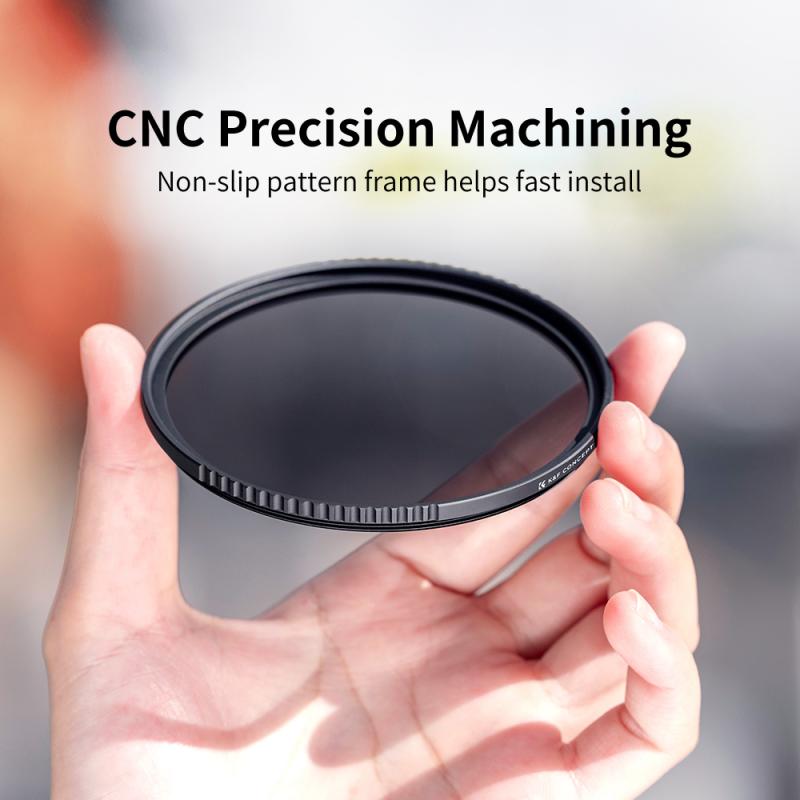
4、 UV Filters vs. Lens Hoods: Which Provides Better Protection?
UV filters for cameras are transparent filters that are primarily used to block ultraviolet (UV) light from entering the camera lens. They are designed to reduce the haze and bluish cast that can be caused by UV light, especially in outdoor photography. UV filters are typically made of high-quality glass or optical resin and are attached to the front of the camera lens.
UV filters have been a popular accessory for many photographers, as they provide several benefits. Firstly, they offer protection to the camera lens from scratches, dust, and moisture. This can be particularly useful in challenging environments such as sandy beaches or dusty landscapes. Secondly, UV filters can improve image quality by reducing the effects of UV light, resulting in sharper and more vibrant photographs. Lastly, they can serve as a sacrificial layer, taking the brunt of any potential damage instead of the lens itself.
However, there has been some debate in recent years about the necessity of UV filters. Some argue that modern camera lenses already have built-in UV coatings that effectively eliminate the need for an additional filter. Additionally, adding an extra layer of glass can potentially introduce lens flare or reduce image quality, especially if a low-quality filter is used.
On the other hand, lens hoods are another accessory that provides protection to the camera lens. They are designed to block stray light from entering the lens, reducing the risk of lens flare and improving contrast in photographs. Lens hoods are particularly useful in situations where the camera is facing a strong light source, such as the sun.
In terms of protection, lens hoods offer more physical coverage to the lens compared to UV filters. They provide a shield against accidental bumps or impacts, which can be especially beneficial in crowded or fast-paced shooting environments. However, lens hoods do not offer the same level of protection against dust, moisture, or scratches as UV filters.
Ultimately, the choice between UV filters and lens hoods depends on the specific needs and preferences of the photographer. If protection against UV light and potential lens damage is a priority, a high-quality UV filter may be a worthwhile investment. However, if the primary concern is reducing lens flare and improving contrast, a lens hood may be a more suitable option. It is important to consider the quality of the filter or hood, as a poor-quality accessory can potentially degrade image quality.
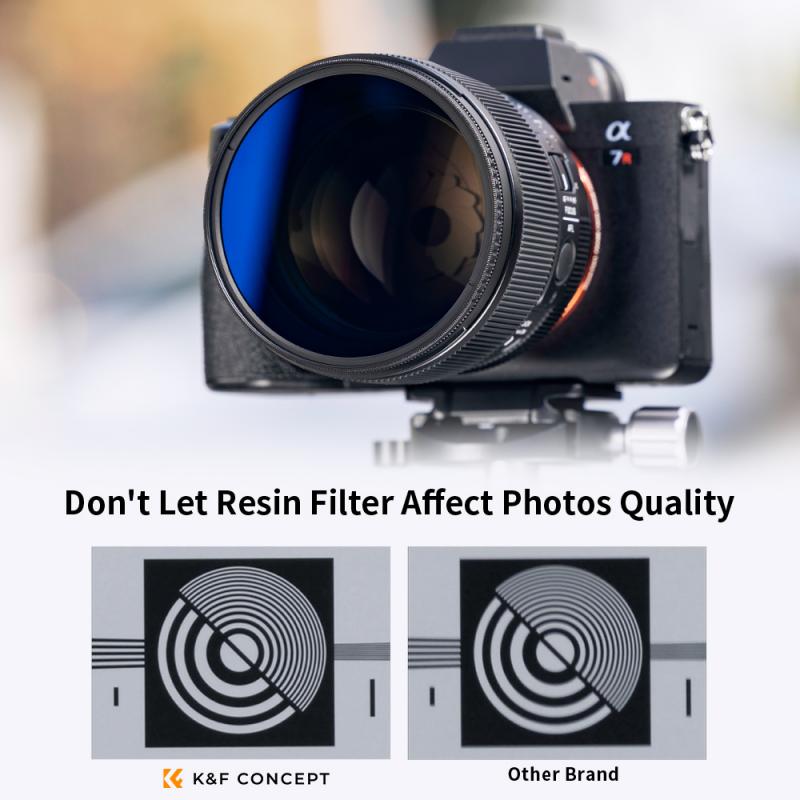




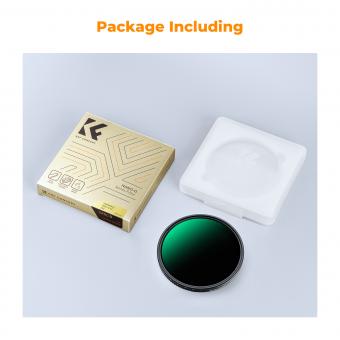


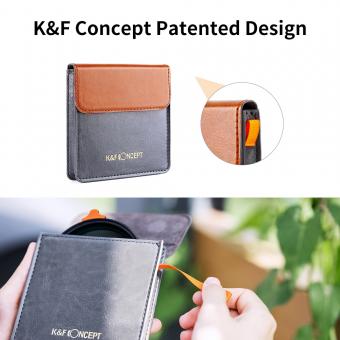
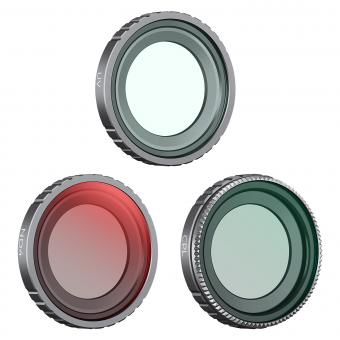

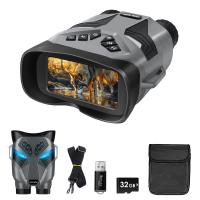
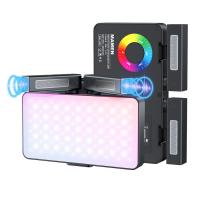
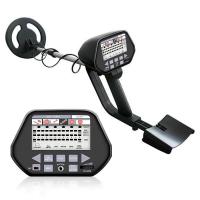
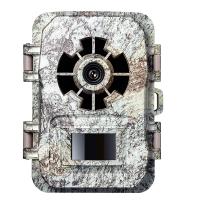

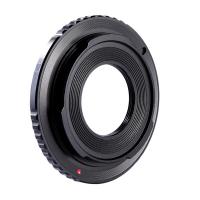
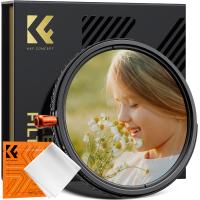
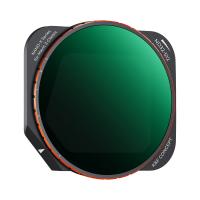
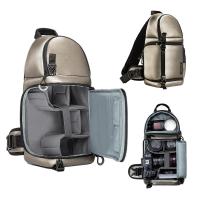
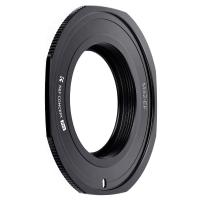
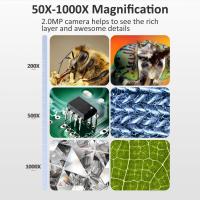
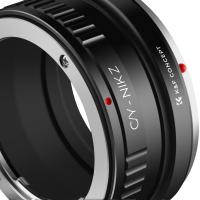
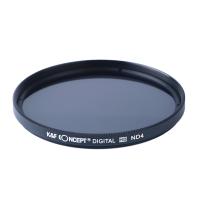
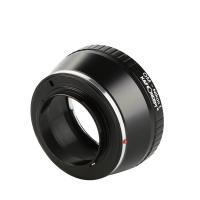

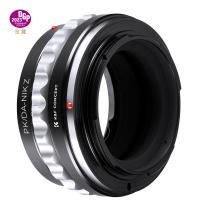



There are no comments for this blog.